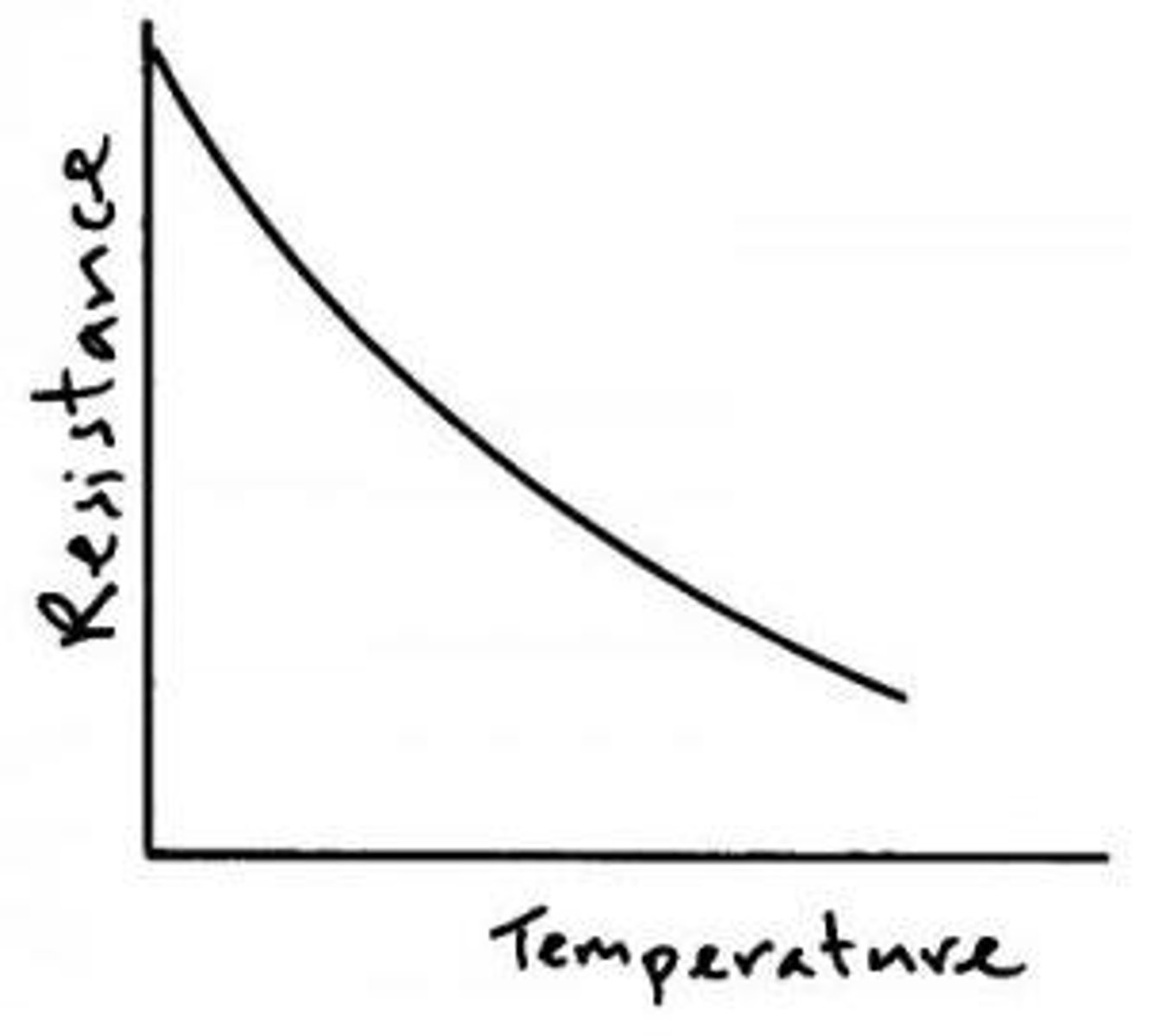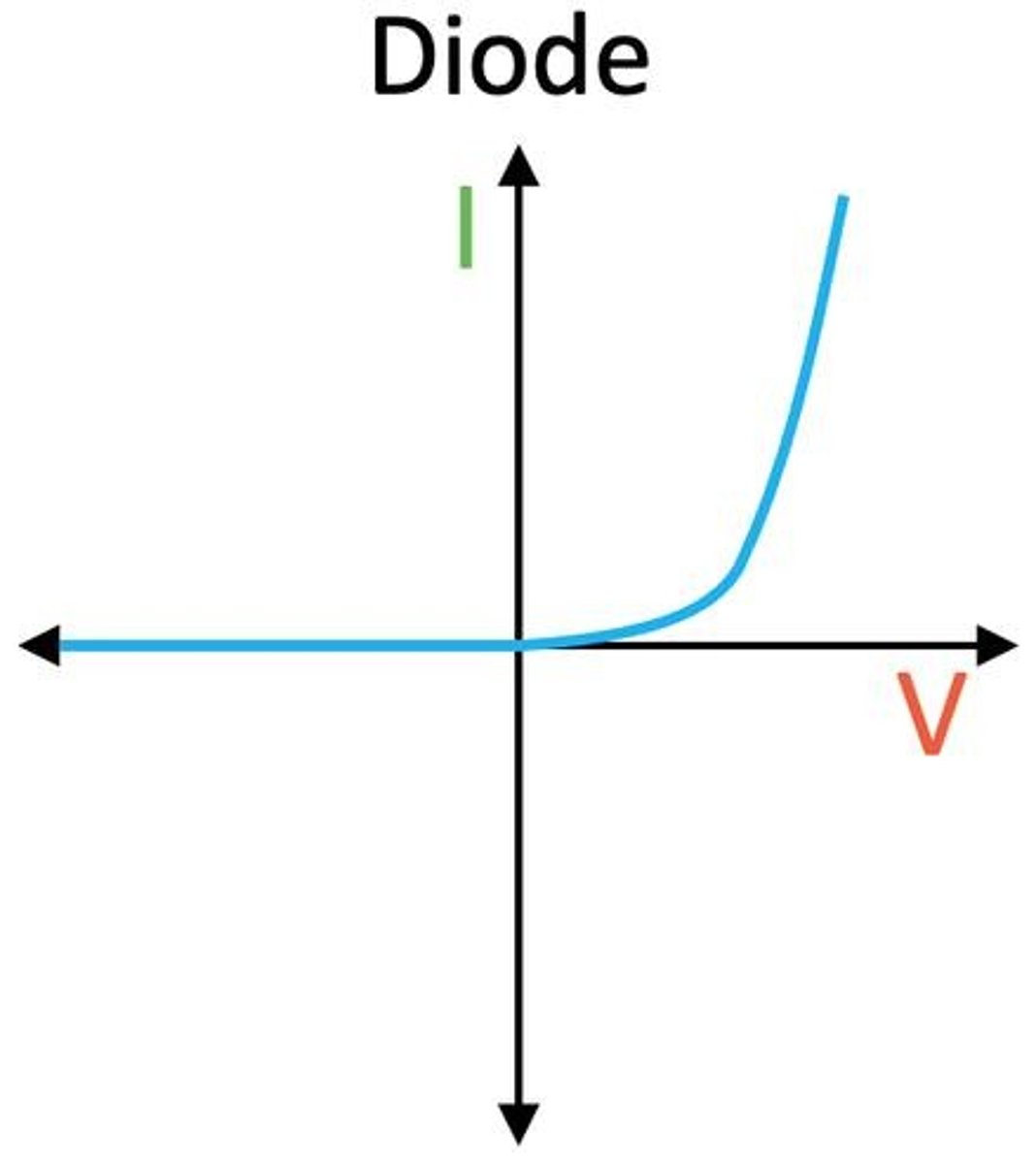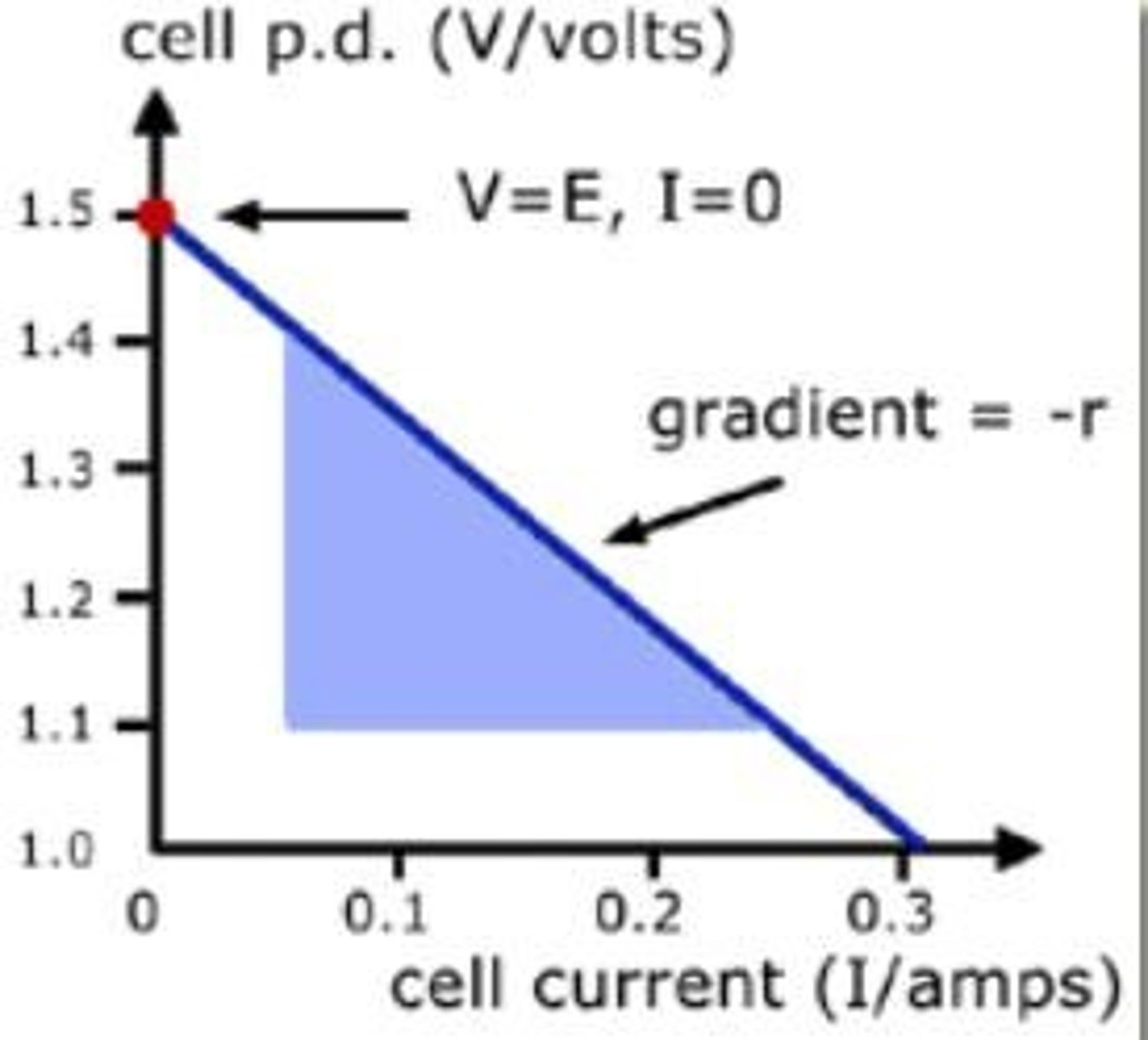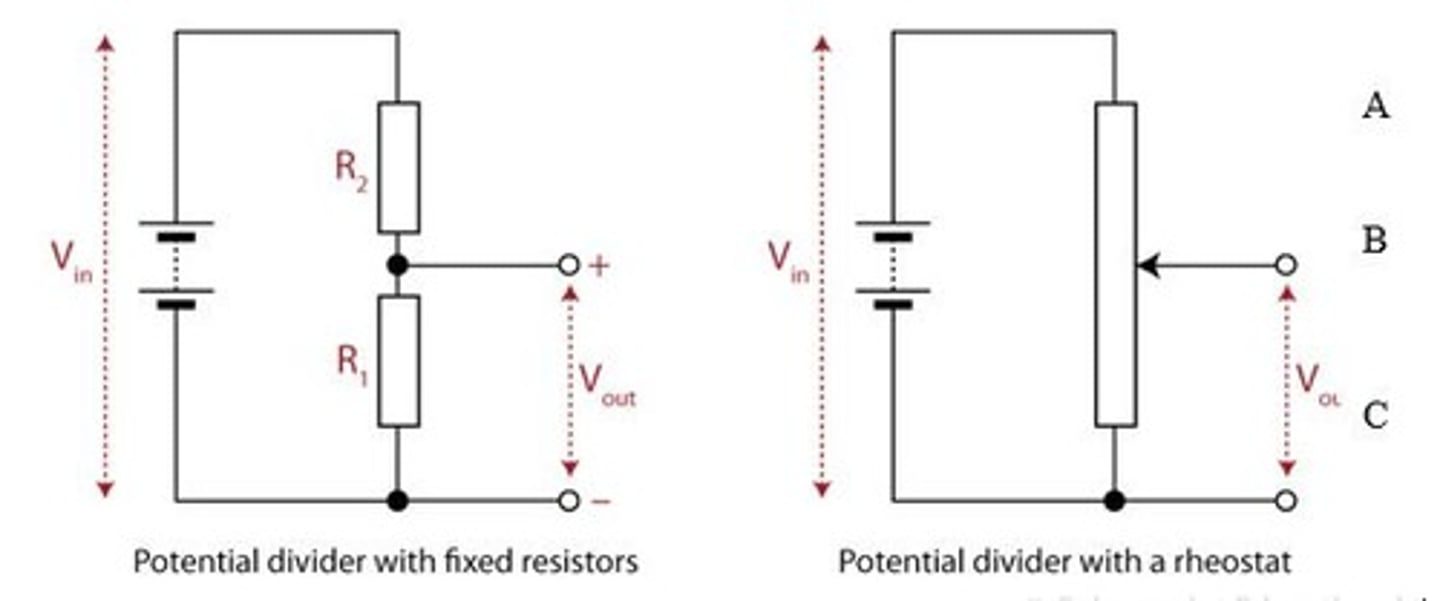U1: Key Concepts in Physics: Scalars, Vectors, and Motion
1/50
There's no tags or description
Looks like no tags are added yet.
Name | Mastery | Learn | Test | Matching | Spaced |
|---|
No study sessions yet.
51 Terms
Physical quantity
Physical property that can be measured or calculated from other physical property or properties.
Magnitude
Number with units.
Scalar
Physical quantity that is completely described by its magnitude (number and units).
Vector
Physical quantity that is completely described by both a magnitude and a direction.
Base units (SI)
It is a set of 7 units from which all other units can be expressed.
Derived units
All the units that are not base units but can be expressed as combinations of base units.
Moment of a force about a point
Product of the force and the perpendicular distance from the point to the line of action of the force.
Principle of moments
For a body to be in rotational equilibrium, the sum of clockwise moments is equal to the sum of anticlockwise moments around the same point.
Centre of gravity
The center of gravity is the point in or outside the body where all the mass appears to be located.
Uniform rectilinear motion
A motion where the velocity is constant.
Uniformly Accelerated Rectilinear Motion
A motion in a straight line with constant acceleration.
Projectile Motion
Motion in two dimensions. The moving body is acted on by a constant force in one dimension and no force in the other dimension.
Distance
Length of space between two points along the path connecting them (scalar).
Displacement
Distance moved in a particular direction (vector).
Speed
Rate of change of distance with respect to time (scalar).
Velocity
Rate of change of displacement with respect to time (vector).
Rate of change of speed
Rate of change of speed with respect to time (scalar).
Acceleration
Rate of change of velocity with respect to time (vector).
First Newton law
A body will remain at rest or with constant velocity unless acted upon by a resultant force.
Second Newton law
The acceleration of an object is inversely proportional to its mass and directly proportional to the resultant force on it. Acceleration acts in the same direction as the unbalanced force.
Third Newton law
If body A exerts a force on body B, body B will exert an equal and opposite force on body A.
Linear momentum of a single particle
Is the product of the mass and the velocity of an object (⃗p = m⃗v). It is a vector.
Linear momentum of a system of particles
Is the vectorial sum of the momentum of each particle in the system.
Conserved physical quantity
Is a physical quantity that does not change with time, i.e. is constant with time.
Principle of conservation of linear momentum
The total linear momentum in an isolated system (no external forces or mass exchange) is conserved at any given interaction.
Inelastic collision
Is any kind of interaction between particles in which both total linear momentum and total energy are conserved but kinetic energy is NOT conserved (kinetic energy is transformed into other forms of energy during the collision).
Elastic collision
Is any kind of interaction for which both total linear momentum and total energy are conserved. In addition, kinetic energy is also conserved.
Impulse of a force
The impulse of a force is defined as the product of the force and the time for which it acts (⃗I = ⃗F t).
Impulse
The area under the force−time graph.
Change in momentum
⃗I = ∆⃗p.
Work
The energy transferred when a force is applied over a distance.
Charge
The unit of charge is the coulomb (C). One coulomb is the charge that in 1 second crosses a section of circuit in which there is a current of 1A.
Current
Rate of flow of charge at a point.
Potential difference
The potential difference, V , between 2 points in a circuit is the amount of electrical energy transferred to other forms of energy when unit charge passes from one point
to another.
Electromotive force (e.m.f.)
The energy converted into electrical energy when unit charge (1 C) passes through it.
Terminal potential difference
The potential difference across the load resistance.
1 Volt
When 1 Coulomb passes between 2 points and transfers 1 Joule of energy.
Charge conservation
The charge (current) is conserved in general in particular in each node of a circuit.
Energy conservation
The energy (potential difference) is conserved in general in particular in each loop of a circuit.
Electrical Power
Rate at which electrical energy is converted into other forms of energy.
Power unit
The unit of power is the watt (W) and equals an energy conversion rate of 1 joule per second.
Ohm's law
The current through a metallic conductor is directly proportional to the applied potential difference providing the temperature remains constant.
Ohmmic behaviour
Materials which obey Ohm's law and give directly proportional I : V OR V : I graphs provided the temperature is constant.
Non-Ohmmic behaviour
Materials which do NOT obey Ohm's law.
Filament lamp
A device that exhibits non-Ohmmic behaviour.
Thermistor (ntc)
The resistance of a negative temperature coefficient thermistor decreases as its temperature increases.

Diode
Diodes only allow a current to flow through them in one direction.

Resistivity
Resistivity of a material is numerically the resistance of a sample of unit length and unit cross-sectional area, at a certain temperature.
Superconductivity
A material is defined as a superconductor if it loses all its electrical resistivity to become a perfect conductor when it is below its critical temperature (Tc).

Internal resistance
It is the resistance within a battery, or other voltage sources, that causes a drop in the source voltage when there is a current.

Potential divider
A potential divider provides a convenient way of getting a variable p.d. from a fixed p.d.
